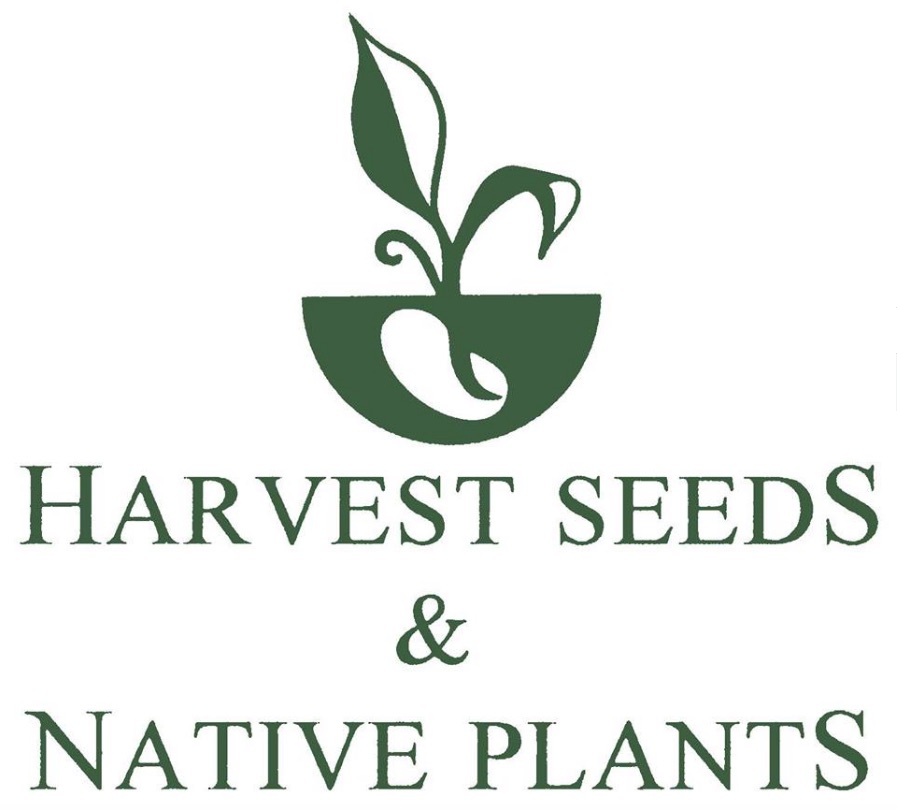How to plant tubestock
Why plant Forestry Tube stock
The NSW Forestry Commission conducted trials in the 1950’s to ascertain what was the best size tube or pot to plant out native species in our forests for optimum survival.
It was found that forestry tubes (50mm x 120mm) were the plants that survived the best and they also outgrew the plants that were planted out from 150mm to 200mm pot sizes.
The reason is that the roots were deep enough and the plants were small enough to start coping on their own as they required a lot less water. The 150mm and 200mm pots had too many roots and too much growth for plants to survive on their own as they required much more water. Even when all sizes received optimum water, the forestry tube stock grew faster than the larger plants. Again, the forestry roots became used to their new home much quicker than the bigger plants.
How to plant in the ground
The garden needs to be free from weeds and mulched with a leafy, not too barky mulch to about 50mm. If so, away you go and dig a hole about the same size as the tube. If not, do remember it’s all in the preparation. If you have a nice home for plants, they will grow beautifully.
Up-end the tube, squeeze the sides and the bottom. Then give it a sharp tap down onto something solid with the top edge of tube to remove the plant.
Do not disturb the roots in any way.
Place the plant into the hole and lightly firm it into the hole. Do not cover the soil further up the stem than it has been in the tube.
Water your plant well. Keep watering..... say every 4 days for about 3 weeks or so (depending on time of year and rain patterns).
Rule of thumb, green or not!..... If the soil is dry about 2 inches down (thumb length), water the plant.... and remember to water thoroughly or not at all. You don’t want the roots hanging around near to the top of the soil which will occur if you only water lightly. The plant will tell you if it needs fertilizing if the leaves start turning a little yellow. Usually they are perfectly happy if planted into their native soil.
Remember to prune the shrubs every six months or so if needs be. The aim is to have a happy, bushy plant, not leggy and scrappy. You can often nip the tops of the bush like a possum to keep the plant bushy or cut back by one third like a wallaby does, if the plant has become leggy.
